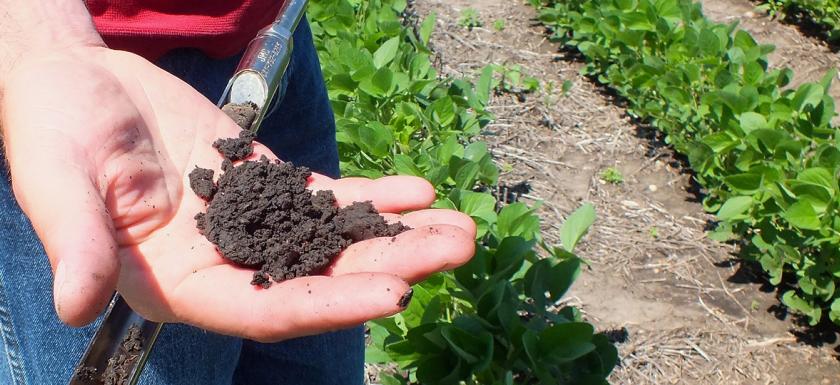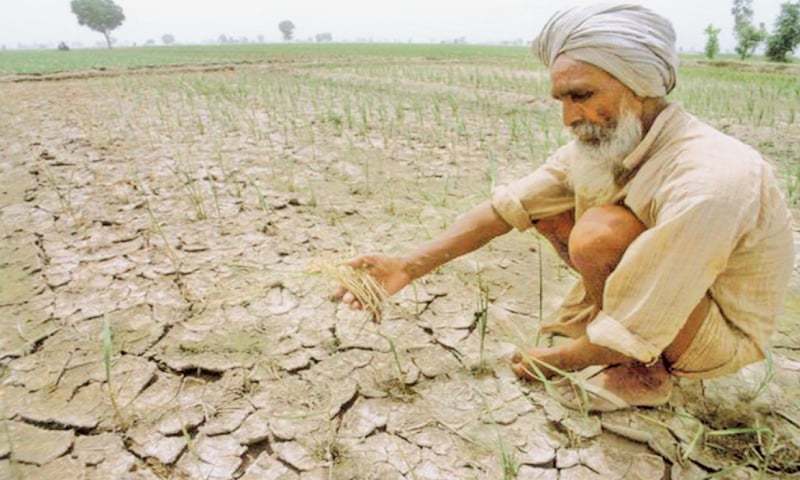Introduction
“Hey! Rahman, i am managing my own home and a kitchen garden. In addition to fulfill my hobby and getting healthy food items on my dining table, I do this all to save few bucks in my pocket. But the issue of weeds is a piece of headache for me. I am spending a lot on buying herbicides and other chemicals to curb the weeds in my flower beds and kitchen garden. These weeds not only compete with them in nutrient utilization but also impact the plant health. What to do? Is there any cheap way to kill home and kitchen garden weeds?
This is an important issue I hear daily from my subscribers. So, today i decided to write on this. It is common that managing own home or kitchen garden has the chief goal to save money. But if you are spending your income on unforeseen issues like these, then you should have to think out of the box.
In the coming lines, I am going to share my own experience for defeating weeds by using the resources; every home has in daily routine. This means, you don’t need to buy anything special. After reading this post, you will stop purchasing herbicides and getting rid of weeds will become a cinch for you. Here are my top 5 cheap Do–It-Yourself ways to kill home and kitchen garden weeds.
1. The Boiling Hot Water
The first of five cheap DIY ways to kill home and kitchen garden weeds is by using the boiling hot water. Astonished? Well yes, it is the cheapest way on the planet to vanish unwanted weeds growing along with your darling plants. If you have left over water after making tea or coffee, make it count and valuable. Scorching hot water kills the weed immediately. It is a targeted and simple way of getting rid of annual weeds and it is equally effective against perennial weeds also that are short tap rooted.

2. Sugar in Your Kitchen Jar
Surprised again! Yes sugar is another dirt-cheap item available in every kitchen shelf that is a perfect substitute for pricey synthetic herbicides. Are you anxious to know the reason why I am recommending sugar as weed killer? Well sugar creates low nitrogen environment for weed plants that results in wilting of plants giving it perishing death. Take sugar as much as you need and grind it firstly so that it can react instantly on the weed. Alternatively, make a sugar mixture using 2 tablespoon of sugar in 400ml of water and spray it on the weed stem and soil around the stem. I recommend to try it must.

3. Lemon Juice
I bet you are still in shock by reading the first two methods. After spending a lot on chemical herbicides, you got to know now that there are much easier and cheaper ways to control weeds in your home or kitchen garden. Well here is a third cheap DIY way to kill home and kitchen garden weeds. Lemon juice is a natural weed killed if you don’t know earlier. The citric acid is the main killing agent. A spray of lemon juice creates a burning effect on the weed plant and it dies within minutes after application. Another reason which makes it most effective against variety of weeds is that it is also a nightmare for thick, wax or protective coated leaves. It ruptures the coating and kills it. If there are weeds that are still growing, I recommend spraying a solution of vinegar, boiling water and lemon juice on these persistence ones for permanent eradication.

4. Borax Powder
Another cheap DIY way to kill home and kitchen garden weeds is using borax powder. When mix with the right amount of water makes it a strong homemade herbicide. However, there are few precautionary measures that should be practiced while using Borax. First of all, be sure you don’t spray the beneficial plants with it. Second, avoid saturation of soil with the Borax solution. Lastly great care should be practiced to safeguard your skin from this solution. For optimum results, mix 10 ounces of borax powder in 2.5 gallon of water to make a solution for spraying.

5. Dishwasher Soap
Yes, soap is another safe homemade remedy to kill weeds. The dishwasher soap assists to lessen surface tension on the target weed plant. This allows weed-killer to make a coat on foliage rather getting washed away or drenched into the soil below. Its combination with vinegar and salt adds more strength and results can be witnessed in few hours.

Hope these five cheap DIY ways to kill home and kitchen garden weeds will help with your problem of weeds. Otherwise, I am still available for you. If you have any query, feel free to ask.
Cite this Article in APA Style as:






















